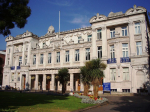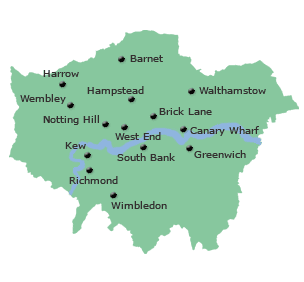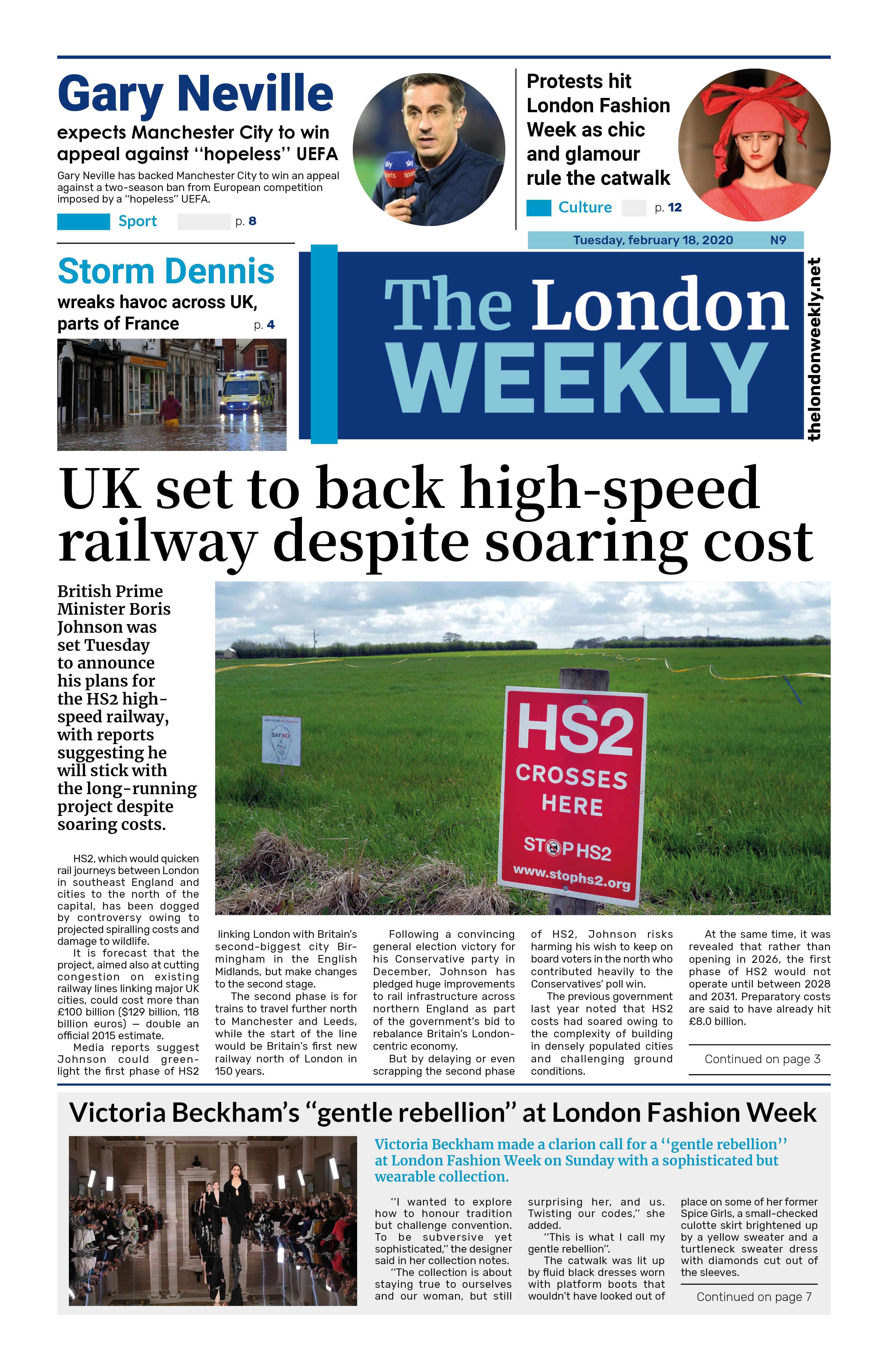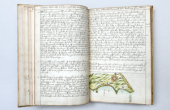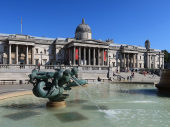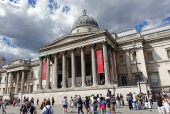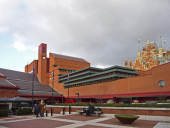
UK inflation surged to an annual rate of 3.5% in April, up from 2.6% in March, according to data released today by the Office for National Statistics (ONS). The figure surpassed both the 3.3%
forecast from a Reuters poll of economists and the Bank of England’s own projection of 3.4%.
The jump was driven by rising costs in gas, electricity, and water, along with increased employer taxes—factors that are adding upward pressure on prices.
Earlier this month, the Bank of England had anticipated that inflation would peak at 3.5% this year. However, some officials remain skeptical of the central bank’s assumption that this inflation surge won’t have lasting effects on pricing behavior.
Bank of England Chief Economist Huw Pill warned yesterday that interest rates may be falling too quickly, given that wage growth continues to fuel inflation. Although Pill voted to keep rates steady in May, he indicated that his stance may be just a temporary pause rather than a longer-term shift.
Markets are now pricing in an 85% likelihood that the Bank will hold rates steady at its next meeting, with fewer than two 0.25% rate cuts expected by the end of the year.
On May 8, the Bank of England lowered interest rates by 0.25 percentage points to 4.25% in a divided decision—two Monetary Policy Committee members pushed for a larger cut, while two, including Pill, voted to maintain current rates.



















